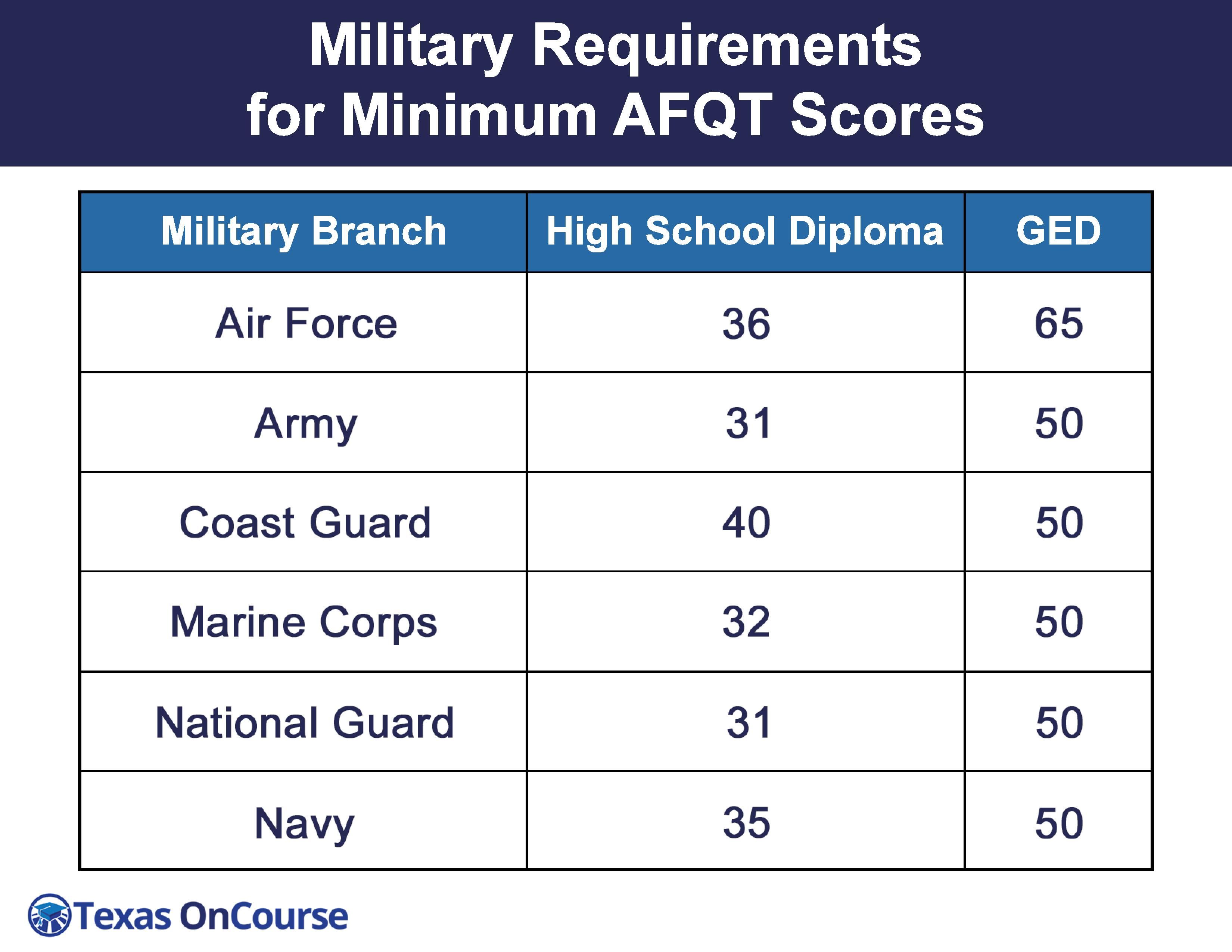10 Steps to Achieve Financial Wellness

Achieving Financial Wellness: A Comprehensive Guide

Managing finances effectively is a vital aspect of life that can greatly impact one’s overall well-being. Financial wellness is not just about having a lot of money; it’s about having control over your financial situation, reducing stress, and making conscious decisions that align with your values and goals. In this article, we will explore 10 steps to help you achieve financial wellness.
Step 1: Set Clear Financial Goals

Setting clear financial goals is the first step towards achieving financial wellness. Try to be specific and make sure your goals are measurable, achievable, relevant, and time-bound (SMART). For example, instead of saying “I want to save money,” say “I want to save $10,000 in the next 12 months for a down payment on a house.”
Consider the following:
- What are your short-term goals (less than 1 year)?
- What are your mid-term goals (1-5 years)?
- What are your long-term goals (more than 5 years)?
Write down your goals and track your progress regularly.
Step 2: Track Your Expenses

To achieve financial wellness, you need to understand where your money is going. Tracking your expenses can help you identify areas where you can cut back and allocate funds more efficiently. You can use a budgeting app, spreadsheet, or even just a notebook to record your expenses.
Make sure to track:
- Income
- Fixed expenses (rent, utilities, groceries)
- Variable expenses (entertainment, hobbies)
- Debt payments
- Savings
Step 3: Create a Budget

Creating a budget is a crucial step in achieving financial wellness. A budget is a plan for how you want to allocate your money towards different expenses. 50/30/20 rule is a good starting point:
- 50% of your income goes towards fixed expenses
- 30% towards discretionary spending
- 20% towards saving and debt repayment
Remember to review and adjust your budget regularly to ensure it’s working for you.
Step 4: Pay Off High-Interest Debt
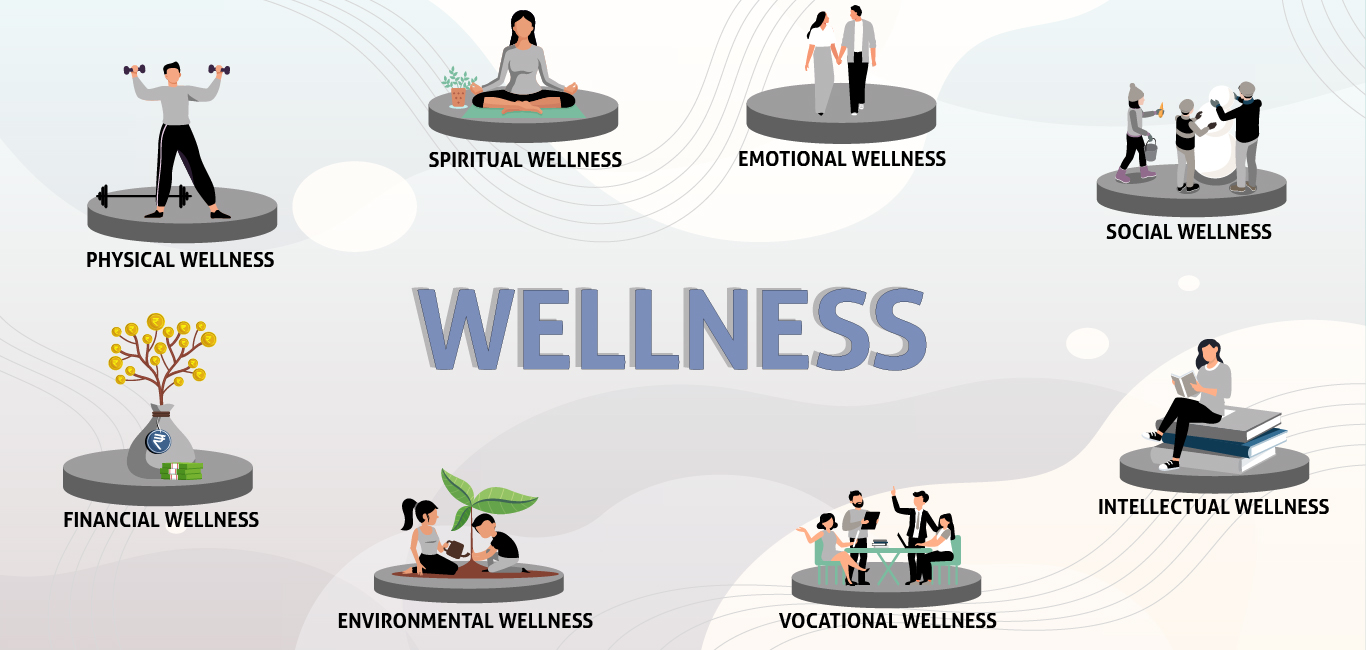
High-interest debt can be a significant obstacle to achieving financial wellness. Focus on paying off high-interest debt, such as credit card balances, as soon as possible. Consider consolidating debt into a lower-interest loan or credit card.
Make sure to:
- Stop using credit cards
- Pay more than the minimum payment
- Consider debt snowball or debt avalanche method
Step 5: Build an Emergency Fund

Having an emergency fund in place can provide peace of mind and financial stability. Aim to save 3-6 months’ worth of living expenses in an easily accessible savings account.
Consider:
- Setting up automatic transfers
- Keeping the fund separate from your everyday spending money
- Reviewing and adjusting the fund regularly
Step 6: Invest for the Future

Investing for the future is a key aspect of achieving financial wellness. Take advantage of tax-advantaged accounts, such as 401(k) or IRA, and consider contributing to a brokerage account.
Remember to:
- Start early
- Be consistent
- Diversify your portfolio
Step 7: Improve Your Credit Score

A good credit score can help you qualify for better loan rates and terms. Monitor your credit report and work on improving your credit score by:
- Paying bills on time
- Keeping credit utilization low
- Avoiding new credit inquiries
Step 8: Diversify Your Income

Having multiple sources of income can help reduce financial stress and increase financial wellness. Consider starting a side hustle, investing in dividend-paying stocks, or pursuing alternative sources of income.
Think about:
- Freelancing or consulting
- Renting out a spare room or property
- Creating and selling a product or service
Step 9: Practice Mindful Spending
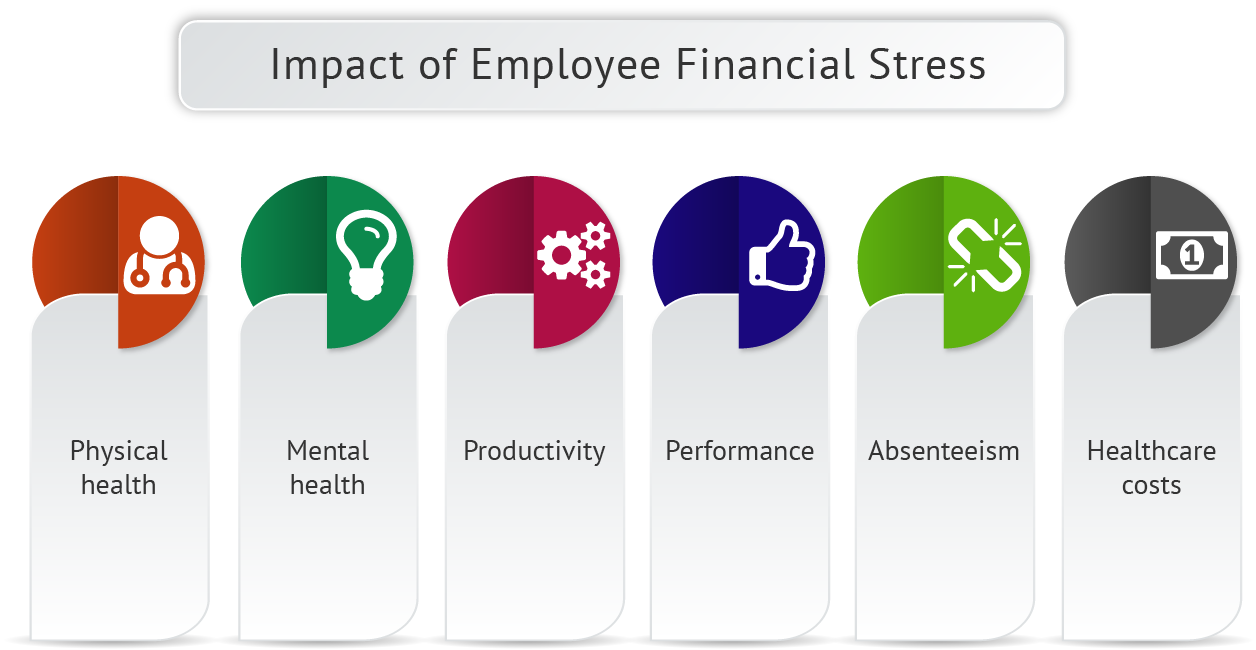
Mindful spending is about being intentional with your money and making conscious decisions that align with your values and goals. Avoid impulse purchases and take time to reflect on your spending habits.
Ask yourself:
- Do I really need this?
- Will this purchase align with my values and goals?
- Can I afford it?
Step 10: Seek Professional Help
Finally, don’t be afraid to seek professional help if you’re struggling with your finances. Consider consulting a financial advisor or credit counselor who can provide personalized guidance and support.
Remember, achieving financial wellness is a journey, and it’s okay to ask for help along the way.
💡 Note: Financial wellness is a personal and ongoing process. Be patient, stay consistent, and celebrate your progress along the way.
Financial wellness is not just about having a lot of money; it’s about having control over your financial situation, reducing stress, and making conscious decisions that align with your values and goals. By following these 10 steps, you can set yourself on the path to achieving financial wellness and living a more fulfilling life.
What is financial wellness?
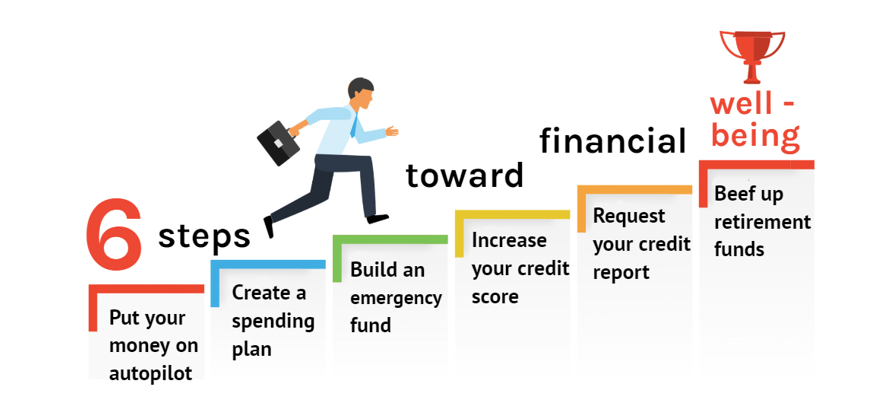
+
Financial wellness is a state of being in control of your financial situation, reducing stress, and making conscious decisions that align with your values and goals.
Why is it important to track my expenses?
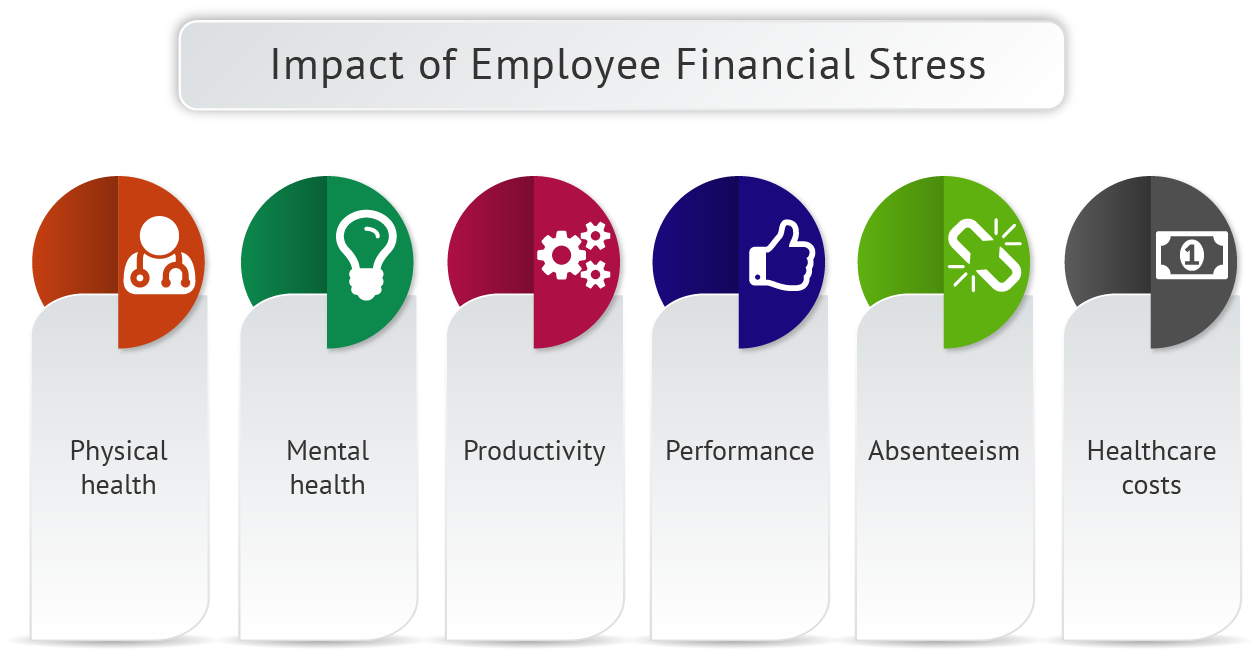
+
Tracking your expenses helps you understand where your money is going, identify areas where you can cut back, and allocate funds more efficiently.
How much should I save for an emergency fund?

+
Aim to save 3-6 months’ worth of living expenses in an easily accessible savings account.



